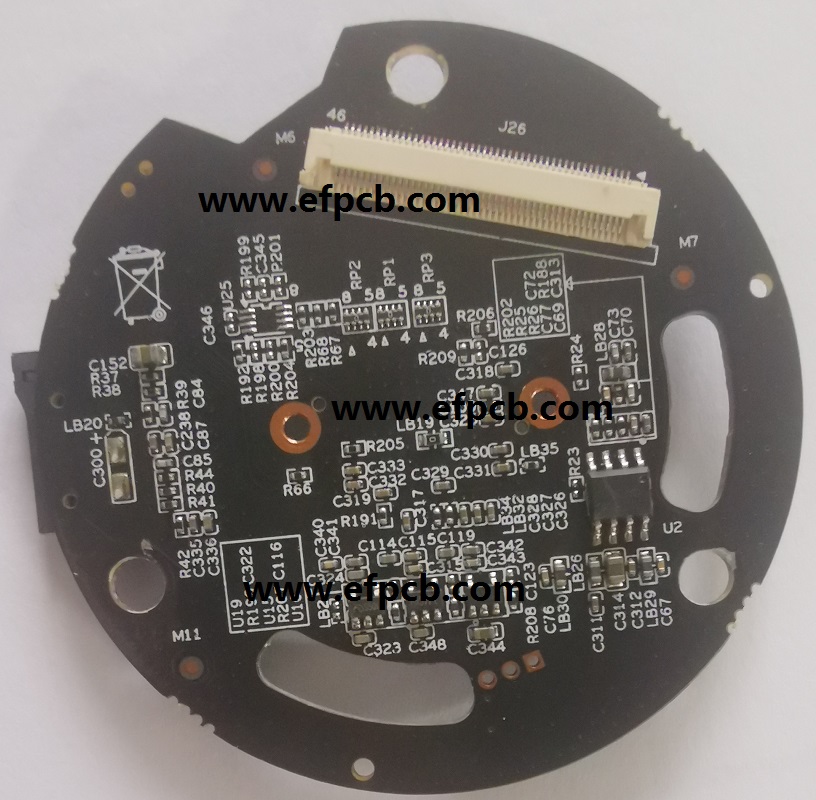Exploring PCB Assembly (PCBA) Trends and Future Outlook

Keywords: PCBA China
Printed Circuit Board Assembly (PCBA) is the cornerstone of modern electronics manufacturing, enabling the creation of complex electronic devices that power our lives. As technology continues to evolve, the trends in PCBA China are also rapidly changing. In this blog, we'll delve into the current trends shaping the PCBA landscape and take a glimpse into the future of this crucial industry.
Trends Shaping PCBA Today
- Miniaturization and High-Density Assembly
The demand for smaller, sleeker electronic devices with higher functionality has led to a trend of miniaturization. Manufacturers are now focusing on creating compact PCBs with high component density, utilizing advanced techniques like microvia drilling and multi-layer stack. This trend has implications for industries such as wearables, IoT devices, and medical electronics.
- Surface Mount Technology (SMT) Dominance
Surface Mount Technology has become the preferred choice for assembling components on PCBs due to its efficiency, cost-effectiveness, and compatibility with smaller form factors. As a result, through-hole components are gradually being replaced by SMT components, leading to more streamlined and automated assembly processes.
- Advanced Materials and Substrates
The demand for higher performance and reliability has driven the adoption of advanced materials for PCBs. High-frequency applications, like 5G infrastructure and satellite communication systems; require specialized substrates with low signal loss. Flexible and rigid-flex PCBs are also gaining traction, offering enhanced design flexibility for curved or compact devices.
Future Outlook
- 5G and Beyond
As 5G networks continue to roll out globally, the demand for high-speed, low-latency communication will shape PCBA China design. PCBs for 5G infrastructure equipment, as well as devices that leverage 5G capabilities, will require sophisticated signal integrity designs to ensure optimal performance.
- Sustainability and Green Manufacturing
The electronics industry is under increasing pressure to adopt sustainable practices. This includes reducing electronic waste, using eco-friendly materials, and implementing energy-efficient manufacturing processes. In the future, PCBAs may see innovations in recyclable materials, extended product lifecycles, and greener assembly techniques.
- AI-Enhanced Manufacturing
Artificial Intelligence (AI) and Machine Learning (ML) are expected to revolutionize PCBA China manufacturing. AI can optimize production processes, predict defects, and enhance quality control. Collaborative robots, or cobots, could work alongside human operators, leading to increased efficiency and precision.
- 1HDI PCB Market Outlook 2025: Future Prospects, Growth Analysis & Innovations
- 2HDI PCB Design Comprehensive Guide: Mastering High Density Interconnect Technology in 2025
- 3Understanding UL 94V-0 Flammability Rating for Printed Circuit Boards (PCBs)
- 4PCB core raw material CCL
- 5IC Substrate | Comprehensive Guide (2021)
- 6Top HDI PCB Manufacturers (2024)
- 7How to Make mSAP PCB?
- 8The Impact of Trump's Tariff Policy on Chinese PCB Industry and Countermeasures
- 9Top 10 IC Substrate Fabricators (2024)
- 10Top 10 Flexible PCB Factories in 2025

- Skype ID: shawnwang2006
- Phone No。: +86-755-23724206
- Email: sales@efpcb.com
- Quick Contact
